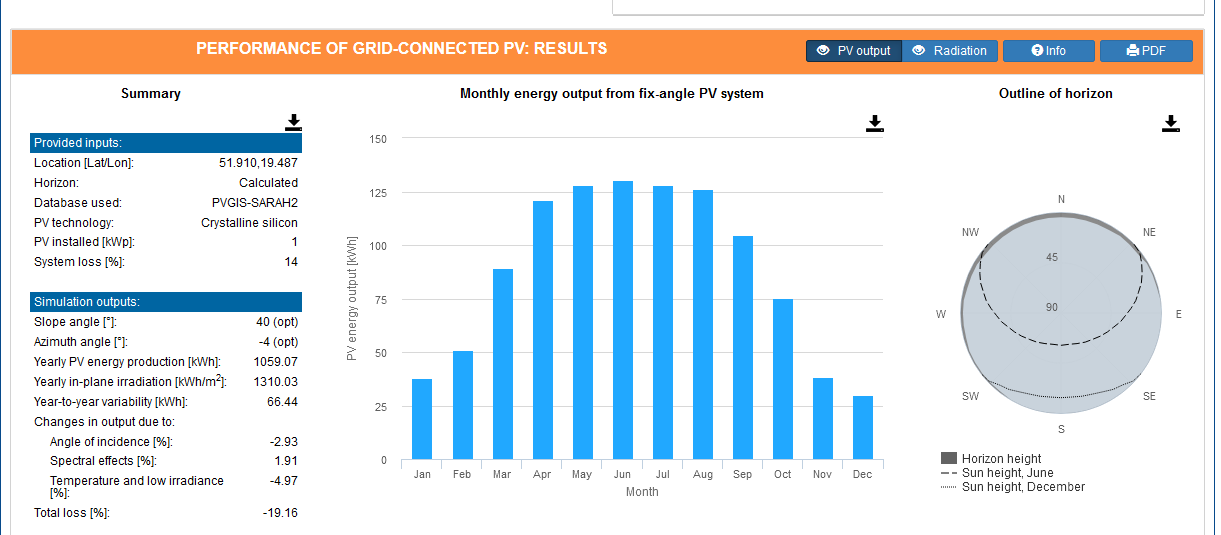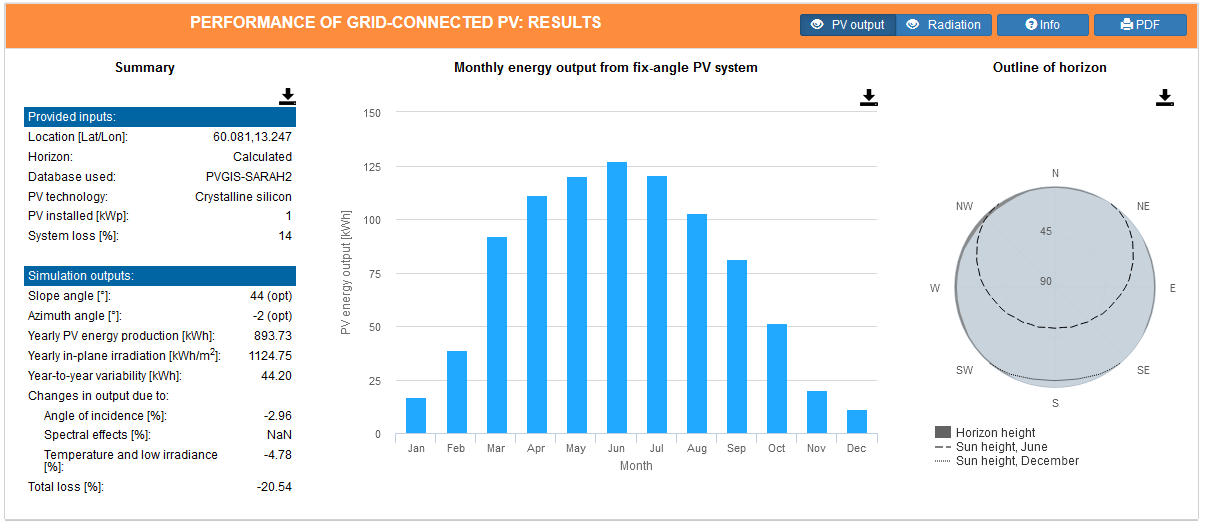Intro
If by some crazy accident you happen to analyze your customer agreement with the grid utility, you can probably find a paragraph about energy parameters and penalties when they are exceeded. It usually includes parameters like availability, voltage, base frequency and harmonics levels. This blog will be mainly about voltage level.
In the old, good times everything was simpler. Energy was produced in a few big, predictable power stations and the main concern was daily consumption variation, creating peaks and times of lesser demand. As some (types of) power stations were difficult/slow to control, some balancing methods were devised: different types of power stations at the production side (activated only at peak demand) and some incentives for consumers to move their demand off-peak (usually in form of tariff plans, when off-peak energy consumption was less expensive).
And here enters distributed renewable energy generation, with many small producers of hard to predict energy generation curves, which in turn can lead to events of massive overproduction. In the rest of this blog I will concentrate on photovoltaic installations but the same can be usually said about wind turbines.
Economy of PV installation
There are probably areas where photovoltaic energy production closely fits the desired consumption curve - I can imagine some warm, sunny, dry territories, with infrequent clouds and most of the energy consumed by A/C systems. In those cases, most of the energy produced can be consumed locally and instantly, limiting grid-wide influence.
But PV installations - as the cheapest, simplest to install and thus most available, are installed also in other places. For example, in central Europe, monthly PV production can be like this (source: https://re.jrc.ec.europa.eu/pvg_tools/en/)

Even worse, in the northern Europe it can be like that:

As can be seen, production during the winter can be well below 1/4 of the level of the summer. To make things worse, energy consumption curve would be an opposite: during the winter more energy will be consumed not only for lighting but in some cases also for heating. This means that else:
- one scales the installation for summer's energy consumption of the household (and still needs to buy most of the energy from the grid during the winter),
- or installation is scaled to provide for most of the energy needs during the winter, thus being greatly over sized during the summer
One can ask - what's a big deal? I can sell the excess energy during the summer and be independent (energy-wise) during the winter. Not so fast - energy can be sold only if there is somebody who will consume it. Considering that private PV installations can be installed in every (other) home, overproduction problem will be only greater, especially when there is no energy-hungry industry nearby that can consume it. Some energy can be transferred deeper into the grid through low-to-middle voltage transformers, but usually energy overproduction can be experienced in all the area. And before that, local energy overproduction effects will be felt.
What is the main effect of energy overproduction? Grid voltage will raise and the frequency will increase - in both cases there are limits set that cannot be crossed. In the case ot the voltage, when it increases above (usually) 10% of nominal grid voltage, production has to cease and properly configured PV inverters (others are hunted by the utility crews and owners are fined and/or disconnected for breaching of agreements) will power down.
Possible optimizations
As we can see, there is a possibility of great waste of resources - generation would be prohibited during the best times for it. What can be done in this case? Some producers resort to wasteful local consumption methods - using electricity to (for example) heat the water, when heating using direct solar energy is much more efficient (considering PV panel effectiveness of < 25%). Some are employing some energy storage systems (that can be expensive and short-lived).
Another approach could be the same as when utilizing off-peak tariffs - to move energy-hungry processes to the times of excess energy production. And if it means it will reduce energy consumption in other times, all the better.
In this project I would like to concentrate on possibility of storing excess energy as a cold in the typical household - technique employed by the operators of large industrial freezers, when they are over-freezed during energy production peaks in hope that it will conserve energy during the rest of the day.

-

Andrew J
-
Cancel
-
Vote Up
0
Vote Down
-
-
Sign in to reply
-
More
-
Cancel
Comment-

Andrew J
-
Cancel
-
Vote Up
0
Vote Down
-
-
Sign in to reply
-
More
-
Cancel
Children